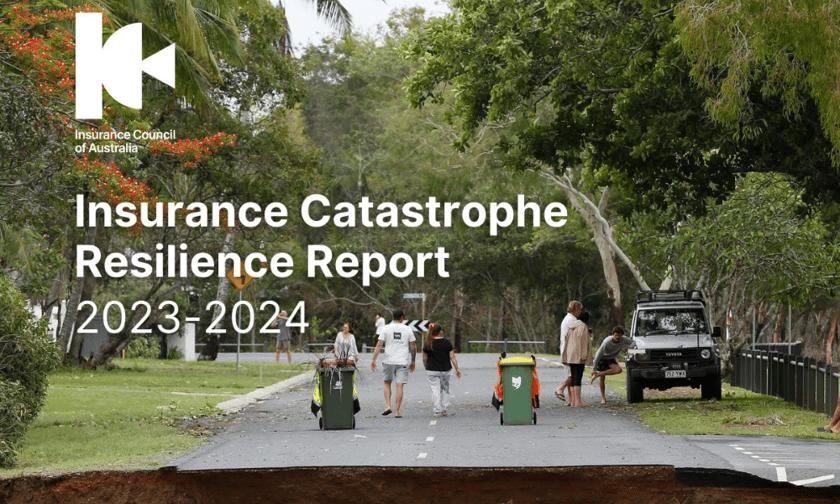

The Insurance Council of Australia (ICA) has released new data showing that the financial impact of extreme weather on the Australian economy has more than tripled in the past three decades.
The ICA’s Insurance Catastrophe Resilience Report 2023-24, released on Aug. 19, noted that insured losses from declared insurance catastrophes have grown significantly, increasing from 0.2% of gross domestic product (GDP) between 1995 and 2000 to 0.7% of GDP over the past five years, according to the data.
Over the last 30 years, Australian insurers have paid out an average of $2.1 billion annually to policyholders affected by extreme weather events. However, this figure has more than doubled in the past five years, reaching an average of $4.5 billion per year. The rising costs of flood events have been identified as a major contributing factor to this increase.
Despite the growth in total premiums collected by insurers, which rose from $50 billion in 2012 to $86 billion in 2023, the profitability of the insurance industry has remained largely unchanged during this period.
The report revealed that insurers faced $2.19 billion in claims related to extreme weather events during the 2023-24 period, matching the total from the previous 12 months. However, the volume of claims rose significantly, with nearly 157,000 claims made, an increase of 66,000 compared to the prior year.
This suggests that while the average cost per claim may have decreased, the overall impact of extreme weather was broader.
The report identified the Christmas storms that affected the Gold Coast hinterland, New South Wales, and Victoria as the most expensive weather event of the past 12 months, leading to $1.33 billion in claims.
Ex-Tropical Cyclone Jasper, which struck Far North Queensland in December, was the most impactful for individual policyholders, with the average claim reaching $36,000 – almost three times the average for the Christmas storms.
The report also provided policy recommendations to enhance community and household resilience against extreme weather events. These recommendations include:
The release of the ICA’s new data on extreme weather comes on the heels of a Wildfire and Flood Summit convened by the ICA and the California Department of Insurance, with support from the American Chamber of Commerce in Australia (AmCham).
Australia and California share similar challenges related to extreme weather events, urban growth, and increasing asset values. These factors have put pressure on the insurance industries in both regions, particularly concerning the availability of coverage in high-risk areas.
The summit brought together leaders from the insurance sector, disaster management experts, climate scientists, and government representatives to develop a collaborative framework for addressing these challenges.
Key discussions emphasised the importance of shared resources for firefighting, increased investment in resilience, and closer collaboration between insurers and governments to address the protection gap.
